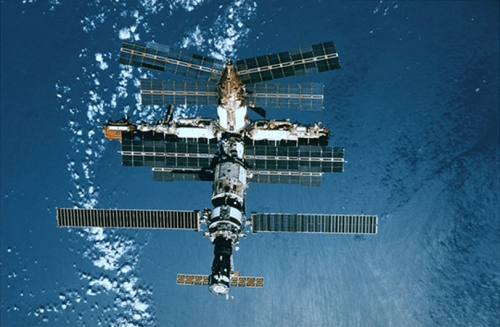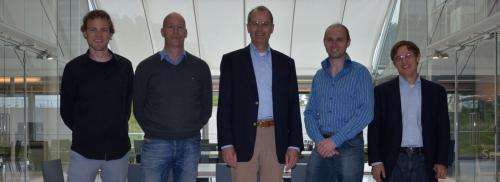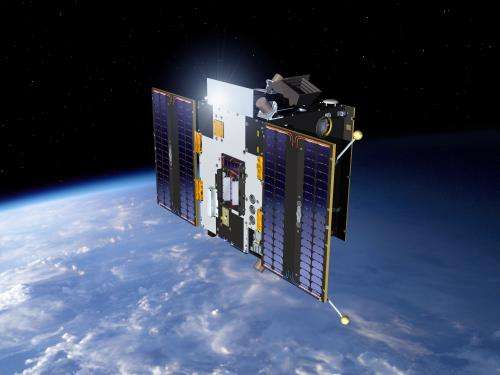Not just cool – it's a gas

In space, a new way of producing gas is being tested for steering satellites. On Earth, it is now fighting fires without harming the environment – and business insiders say it could be revolutionary.
Supported by ESA, a Dutch start-up company is applying this space-age 'cool-gas generator' to fighting fires in sensitive locations, like data centres, libraries and petrochemical plants.
"Gas extinguishers are used wherever you don't want any damage, so you can't use water to put out fires," explains Edwin Verver of Exxfire BV, now hosted at ESA's business incubator in Noordwijk, the Netherlands.
The inert nitrogen gas dilutes the oxygen in a room, suffocating the flames.
But while today's high-pressure cylinders require a great deal of maintenance – like refilling at regular intervals – Exxfire's cool-gas generator stores the gas in solid form in an unpressurised cylinder.
On top of this, the completely inert nitrogen is environmental friendly.
It all started with Russia's space programme. Using a combination of solid materials that chemically binds gases, the Russian invention controls the release with an electrical current.
This mixture offers an interesting feature: comparable devices like car airbags disgorge very hot gas but this one emits gas at ambient temperature.
Seeing potential applications both in space and on Earth, the Dutch research organisation TNO negotiated for the rights outside of Russia.

With funding from ESA's Technology Transfer Programme and the Dutch government, TNO explored a number of applications, from space propulsion to inflating life vests.
The cool-gas generator has already been tested in space on ESA's Proba-2 satellite, repressurising the propellant tank.
ESA engineer Pierrik Vuilleumier notes it has worked well on Proba-2: "In the future, it could be used in niche space applications, such as powering mechanical actuators."
A great plus is the nitrogen's temperature, observes Edwin Verver: "Gas released from high pressure into a low-pressure room would become very cold – which could destroy a hard drive, for example. This new device avoids that."

To handle the cold, the pipes that distribute the pressurised nitrogen and other gases in most of today's fire extinguisher systems must be extremely robust. Exxfire's approach, however, uses a much lighter, cheaper tubing network.
And while some competing systems use chemicals or aerosols, the pure nitrogen from the cool-gas generator does not deplete the ozone layer or contribute to global warming.
The solid material remains inside the generator and can be recycled and partly reused without severe consequences for the environment.
More applications are already in sight, perhaps inflating life jackets for jet pilots or feeding oxygen masks for medical evacuation teams.
Provided by European Space Agency




















